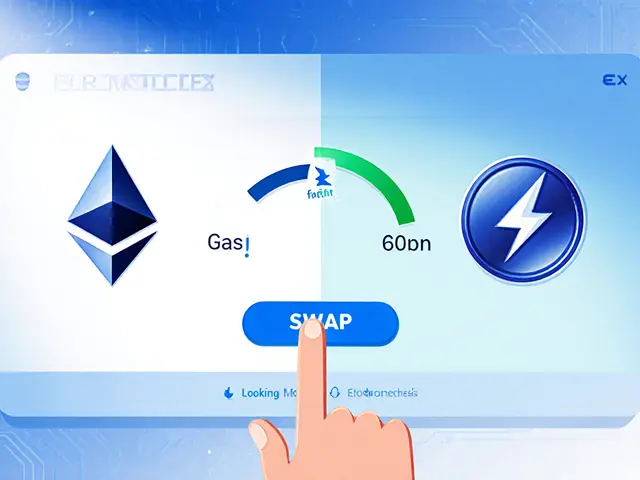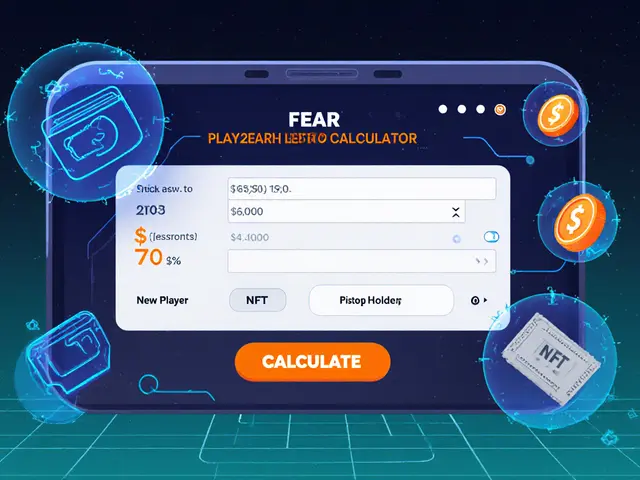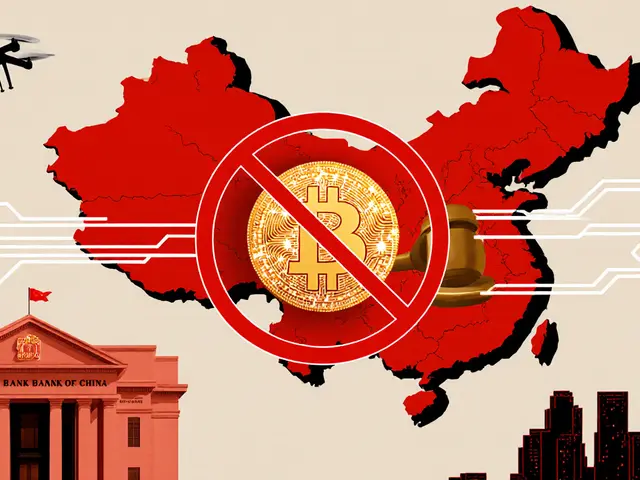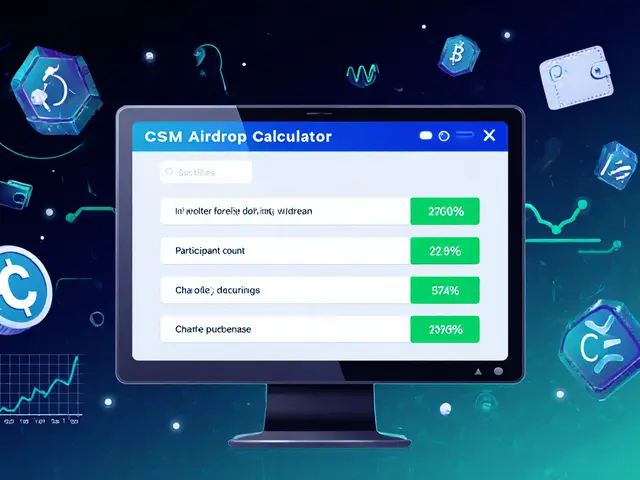vTVL – the metric shaping DeFi decisions
When you hear vTVL, the “virtual” Total Value Locked that estimates the effective capital behind a DeFi protocol after adjusting for risk, incentives and locked assets, also known as virtual TVL, it’s a shortcut to gauge real‑world impact.
Unlike raw Total Value Locked (TVL), the sum of all assets sitting in a protocol’s smart contracts, vTVL strips out idle or overly risky portions and adds weight for rewards that actually attract users. Think of it as a refined liquidity score that tells you how much usable capital is truly driving a protocol’s growth. This refined view only works because DeFi relies heavily on Liquidity Pools, collections of tokens that users provide to enable trading, borrowing and earning. A pool that looks huge on paper might have a low vTVL if most of its assets sit idle or are tied up in low‑yield strategies. Likewise, Tokenomics, the economic design of a token including supply, distribution and incentive mechanisms directly feeds the vTVL calculation: strong token incentives boost active capital, pushing the virtual figure higher. In short, vTVL encompasses adjusted TVL, requires solid tokenomics, and reflects the real health of liquidity pools.
Why vTVL matters for traders and builders
For anyone staking, farming or providing liquidity, vTVL is a practical gauge of expected returns. Yield Farming, the practice of locking assets in a protocol to earn extra tokens as rewards can inflate raw TVL without adding true value—if the extra rewards are unsustainable, the virtual metric drops. By watching vTVL trends you can spot protocols that attract lasting capital versus those that chase hype. Project teams also use vTVL to fine‑tune their tokenomics; a sudden dip in virtual value signals that incentives need adjusting or that risk factors are creeping in. This feedback loop helps keep DeFi ecosystems resilient, especially as regulators in places like China, India and Taiwan tighten rules around crypto activities. The same metric shows up in market analysis pieces, airdrop eligibility checks, and exchange reviews—anywhere real‑world asset usage matters more than headline numbers.
The articles below dive deep into the kinds of topics that intersect with vTVL: from airdrop mechanics and exchange security reviews to global crypto regulations and blockchain use cases in energy data management. Whether you’re tracking a new token like Nirvana ANA, figuring out India’s 30% crypto tax, or comparing the safety of OpenSwap versus SuperEx, you’ll see how virtual TVL threads through each story, helping you make smarter, data‑driven decisions.
Learn how TVL (Total Value Locked) is calculated in DeFi, understand its challenges, and discover best practices for accurate, verifiable measurements.


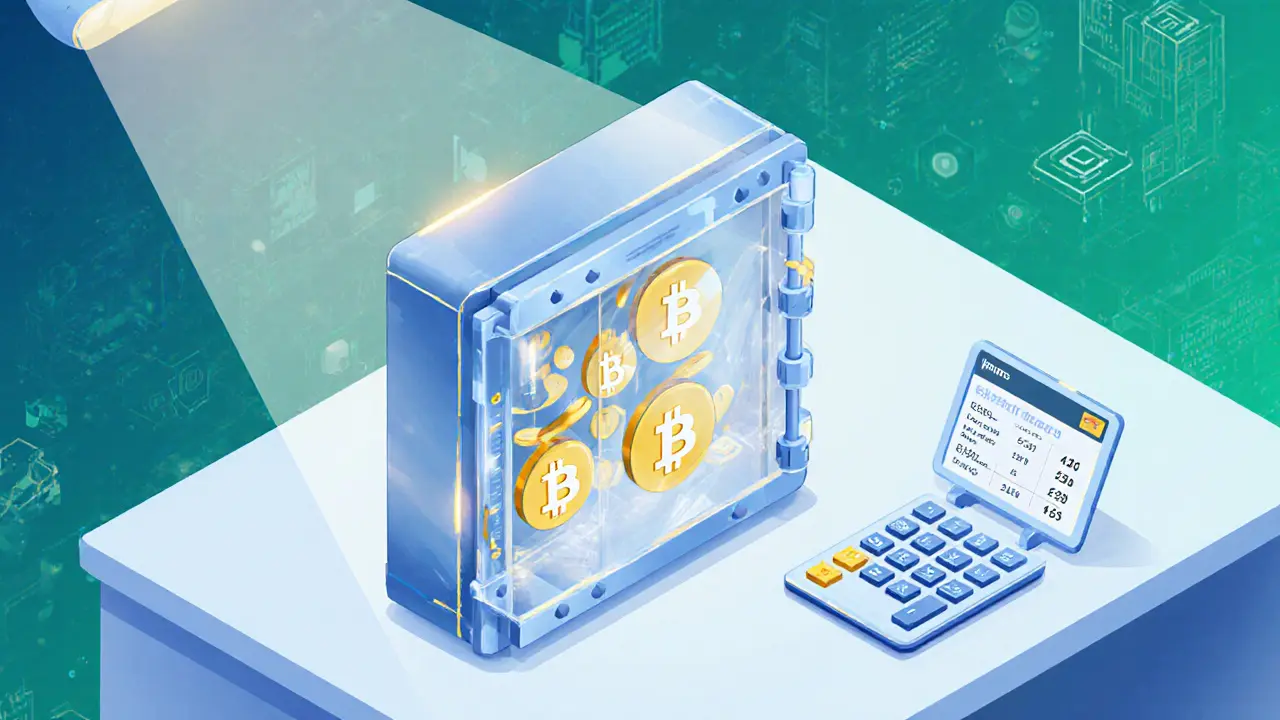
 Finance
Finance

